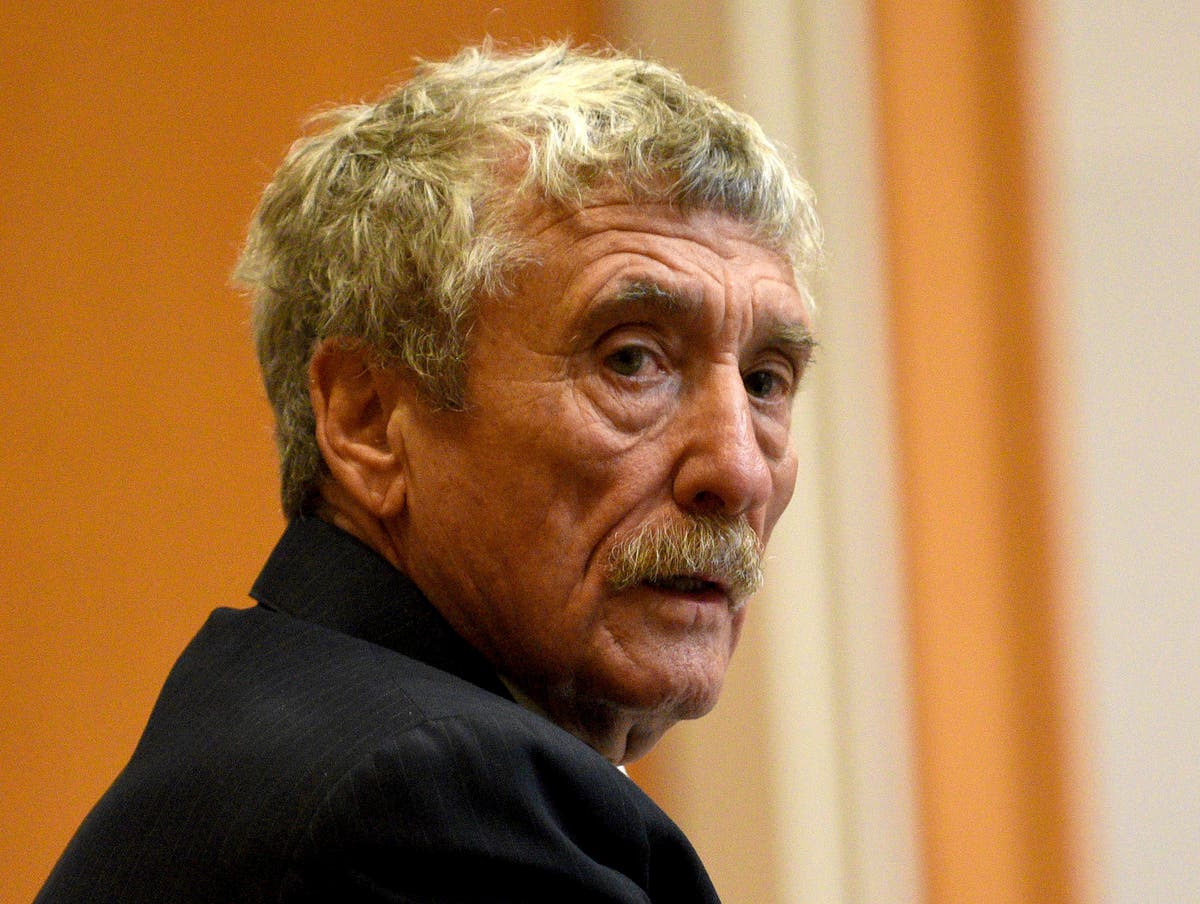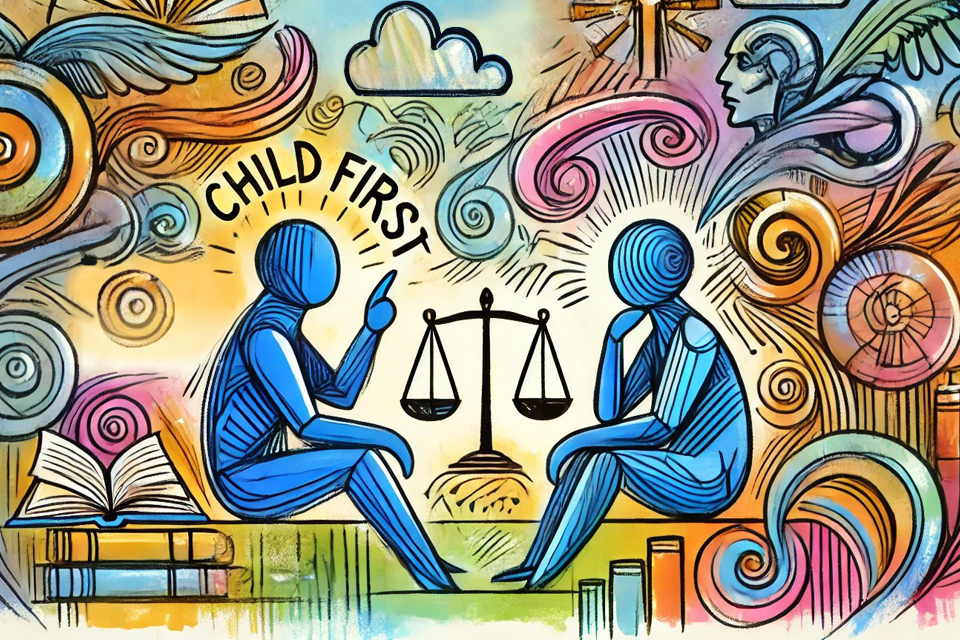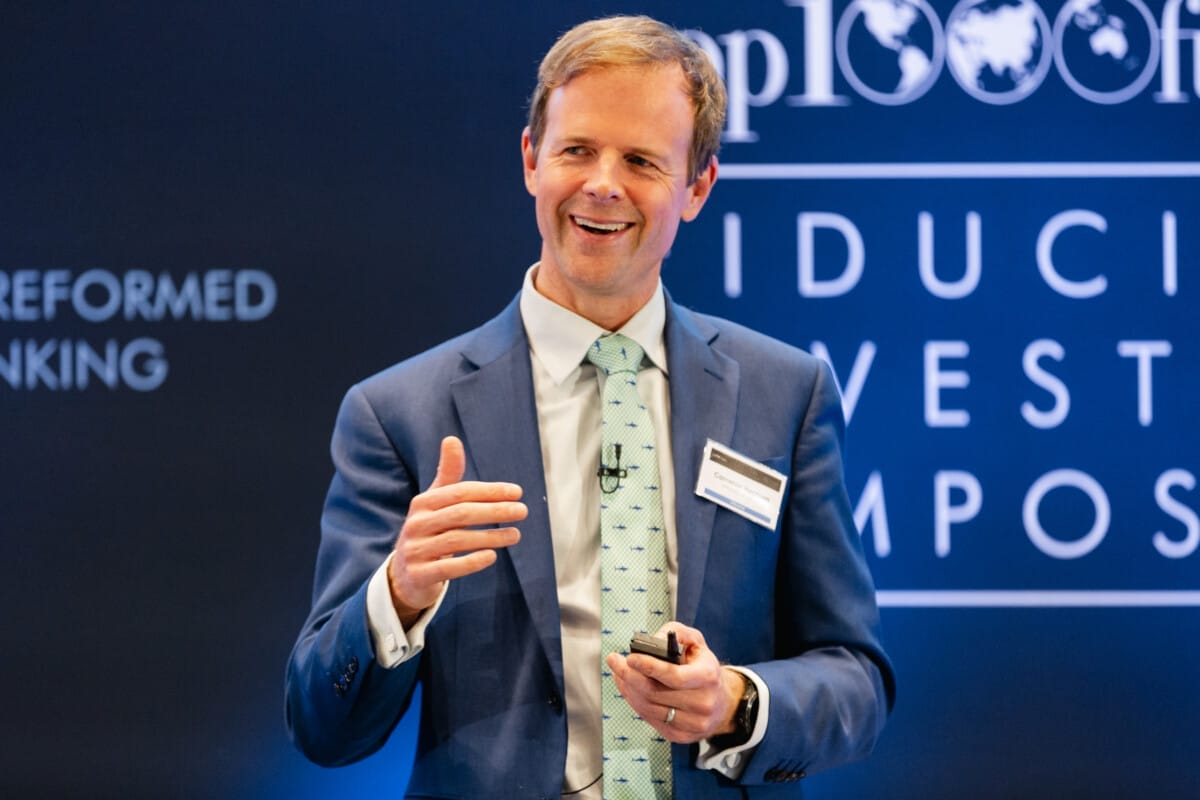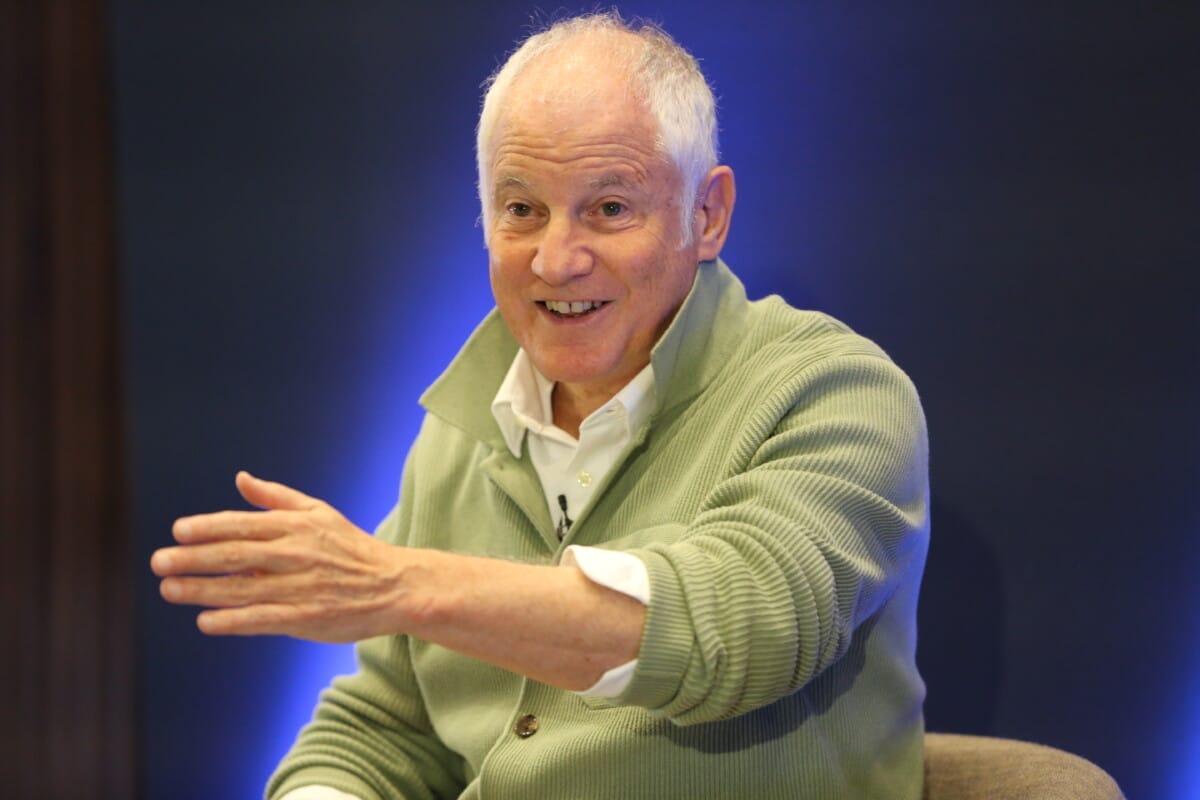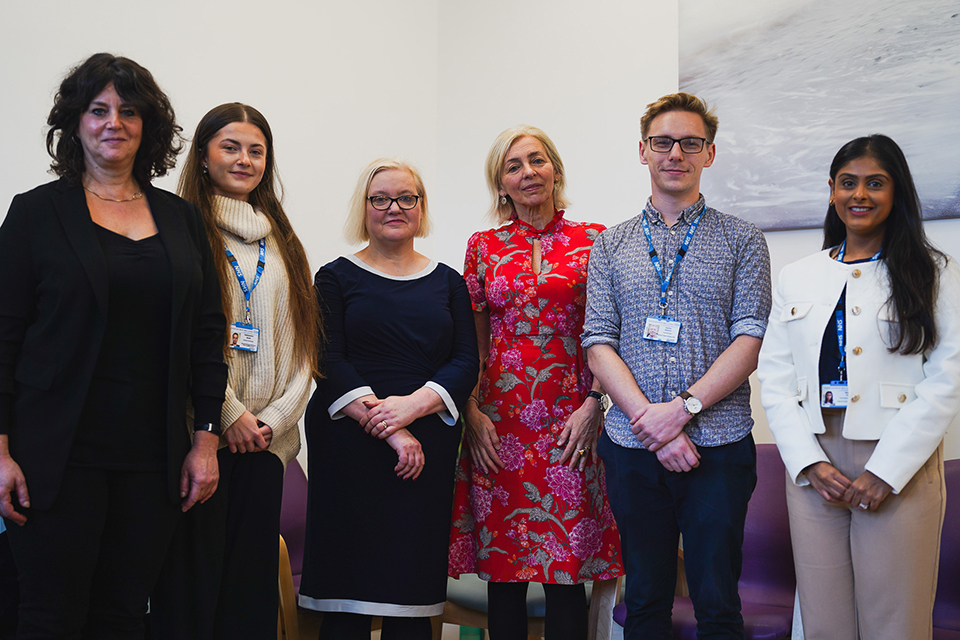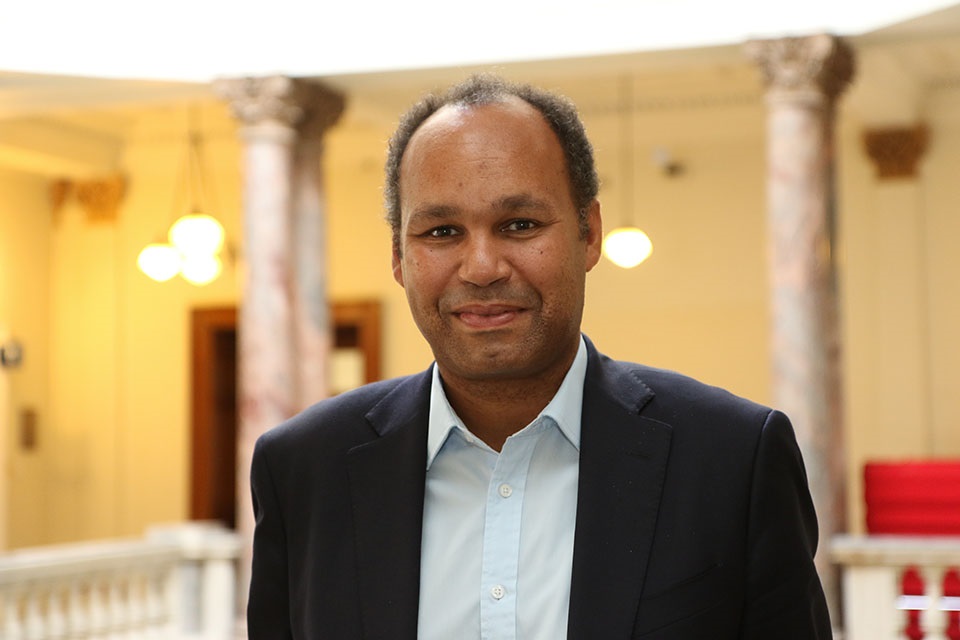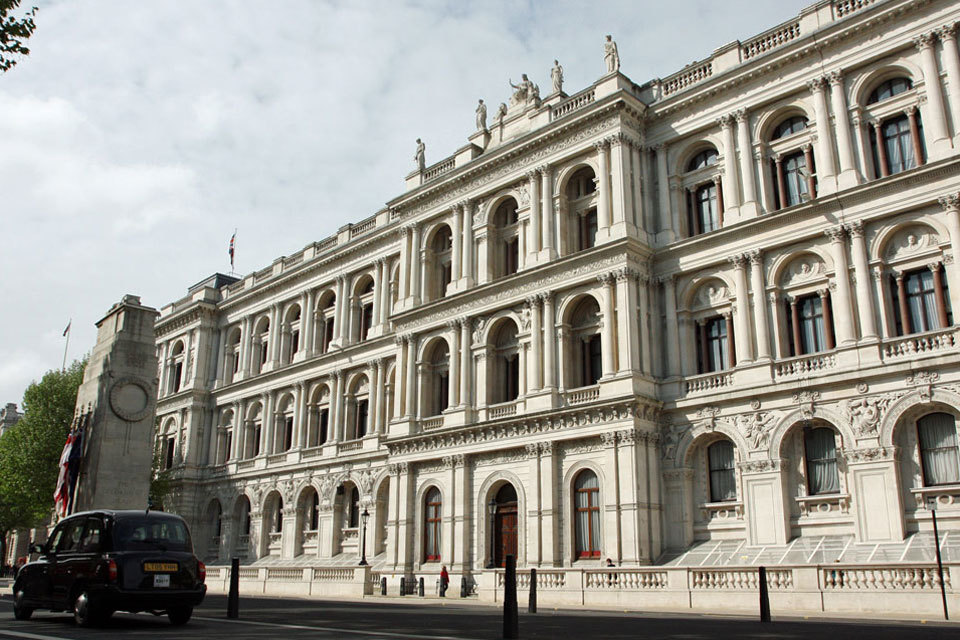Youth Justice Board (YJB) member Louise Shorter met with Professor Neal Hazel to discuss Child First and how it supports safer communities.
Louise is a YJB Board member, charity founder and journalist specialising in criminal justice.
Neal was a YJB Board member from January 2018 to August 2024 and is the Chair of Criminology and Criminal Justice at the University of Salford.
Louise Shorter
How would you describe Child First?
Neal Hazel
Child First is a framework for what works best with children in trouble. It’s based on the latest research and evidence and is designed to keep communities safe by helping children achieve their best outcomes and prevent offending.
Until recently, a lot of the guidance that existed in youth justice was based on quite old evidence, but we now understand a lot more. We’ve summed up all our current understanding of what works for children into a four-part framework that we call Child First.
The YJB has produced a guide to Child First. It provides detailed explanations of the 4 parts to Child First – which we call the 4 tenets. For short, the 4 parts of Child First can be remembered as ABCD
- recognise children ‘As’ children
- help them to ‘Build’ a positive identity
- ‘Collaborate’ with them
- ‘Divert’ them from the stigma associated with crime wherever possible
Louise Shorter
So, Child First is a way of bringing together all the information and evidence we have about what works best for children in trouble. It’s a decision-making tool that can make our policies and practices evidence-informed.
Neal Hazel
Yes, that’s right. Child First is a summary of the consensus on research on youth justice. It’s not just one approach or one theory. It’s the result of 30 years of evidence and gives us a framework that can be used to guide all aspects of work with children in trouble.
Louise Shorter
Some people might worry that Child First means that we’re forgetting about victims. What do you say to that?
Neal Hazel
Child First is about achieving positive outcomes for all parties, so that includes children, victims and communities.
The evidence shows that if we focus on helping all children to develop constructively, we’ll also reduce offending and make communities safer, and that will mean fewer victims.
Louise Shorter
Does Child First work for all children, even those who commit serious crimes?
Neal Hazel
Yes, Child First is applicable to all children, whether they have or haven’t offended, and regardless of the severity of their offending. In fact, much of the evidence base for Child First is focused on more serious offences.
We know that children who commit serious crimes often have complex needs, and they need more than just a punishment to turn their lives around.
We absolutely need that contemporary research and understanding around brain development, trauma and identity if we are to help them.
Louise Shorter
Is Child First a “get out of jail free card”?
Neal Hazel
As a researcher on preventing offending, I’ve never been interested in whether we’re softer or harder. I’m simply interested in what makes us all safer. It all comes down to “is it effective?”
The fact is that children within the criminal justice system are not simply naughty boys or girls that need a short, sharp shock. We’ve tried that time and time again over the years and it always has disastrous results.
The key is to fix the issue – to look deeper and try to understand what is stopping that child from achieving the same positive outcomes as any other child. That’s a really important point to make, that these children should have the same aspirations, chances and opportunities as other children.
These children are in trouble because there are barriers or problems that are stopping them from moving forward and achieving positive, crime-free lives.
“The fact is that children within the criminal justice system are not simply naughty boys or girls that need a short, sharp shock. We’ve tried that time and time again over the years and it always has disastrous results.”
Louise Shorter
What do you mean by “positive outcomes”?
Neal Hazel
Positive outcomes are what we would want for any child. For them to be healthy, safe, have an education, gain skills and importantly, to see themselves as a constructive, positive member of society.
Louise Shorter
What can we do to provide more positive opportunities for children?
Neal Hazel
We need to invest in youth services and provide children with safe and supportive environments where they can learn and grow. We also need to challenge stigma and discrimination, which we know encourages crime, and we need to work with children to develop their strengths and potential.
Louise Shorter
When I was growing up as a child, I had lots of very supportive adults around me who showed me how to be a positive person. Is it true that many children who come into contact with the system, have been failed by adults in one way or another?
Neal Hazel
When you look at cases of serious violence, as I have done all through my career, one thing strikes you. That is that the vast majority of children have abuse and serious loss (trauma) in their backgrounds. Ultimately, they are in trouble because society and largely adults have failed to recognise and address this.
Adults are generally responsible for the trauma a child experiences and professional adults are also responsible for the failure to correct that. And so, in some cases it feels like the offending is almost a sad inevitability due to the failure of adults. And then children get punished for that.
That’s not to say that the behaviour is not dreadful or that those children haven’t committed it. But we consistently find that it’s due to the failure of adults.
Louise Shorter
Does Child First relate to children who are older or in their late teens. Some of those might be physically imposing. How do we think of them as children?
Neal Hazel
It absolutely applies. Most of the evidence base is centred around older children because most offending happens in middle to late teens. Also, we must not forget that all under-18s are legally children.
We also now understand that the brain hasn’t fully developed until after the age of 25. Some of the last elements to develop in the brain relate to decision making and behaviour.
Louise Shorter
I’ve heard that we don’t talk about children’s ‘risk’ any more. Why is that?
Neal Hazel
It’s about time we started asking people “risk of what?” We will rarely help children move forward in their in their lives and make society safer if we’re just trying to manage the negatives.
We used to talk about ‘risk of offending’, but we now know that labelling children as potential reoffenders stops them from moving on. So, in the national standards and the case management guidance, this phrase is not used because we now understand the limits and damage it can cause.
However, that is not to say that we shouldn’t be concerned with the risk of harm that a child can cause to themselves or to others, or indeed suffer from others.
This does not equate to moving away from public protection. Public protection is always central. However, what we now understand is that it’s much better to avoid any stigma and negative outcomes. This is tenet 4 of Child First.
So, it’s much better to talk in more positive terms. An example I use is a safety talk on an aeroplane. Rather than talking about the risk of dying, you’re much more likely to get passengers engaged if you talk about keeping them safe. And it’s exactly the same with children. You’re much more likely to engage them if you talk about their safety and well-being than if you talk about them as being risky.
“It’s much better to talk in more positive terms. An example I use is a safety talk on an aeroplane. Rather than talking about risk of dying, you’re much more likely to get passengers engaged if you talk about keeping them safe.”
Louise Shorter
And engaging them leads to much better outcomes for both children and their communities?
Neal Hazel
Exactly. Tenet 3 is all about engagement. We’ve learned that you can’t “do” youth justice to a child, they need to be engaged. For children to move forward, they must feel involved in the process. Plans and services need to be relevant to their lives and future. Engagement is about more than just attendance – it’s feeling connected to their goals.
Louise Shorter
Is Child First being applied consistently across services and the wider youth justice system?
Neal Hazel
Some services are further along in implementing Child First aligned practice, and this is reflected in inspections. A cultural shift is happening, but it takes time. We’re seeing more understanding in youth justice plans and there’s progress in using the evidence base to inform practice across the wider youth justice system. The Youth Justice Resource Hub provides great examples of these advancements.
Louise Shorter
Hats off to all those services and professionals across the sector for embracing Child First. There’s a wealth of resources available for those needing support.
Neal Hazel
Absolutely. While there’s more work to be done, especially with regards to assessments, the dedication and innovation of professionals working in the youth justice system is driving real progress and we’re seeing tangible results.

